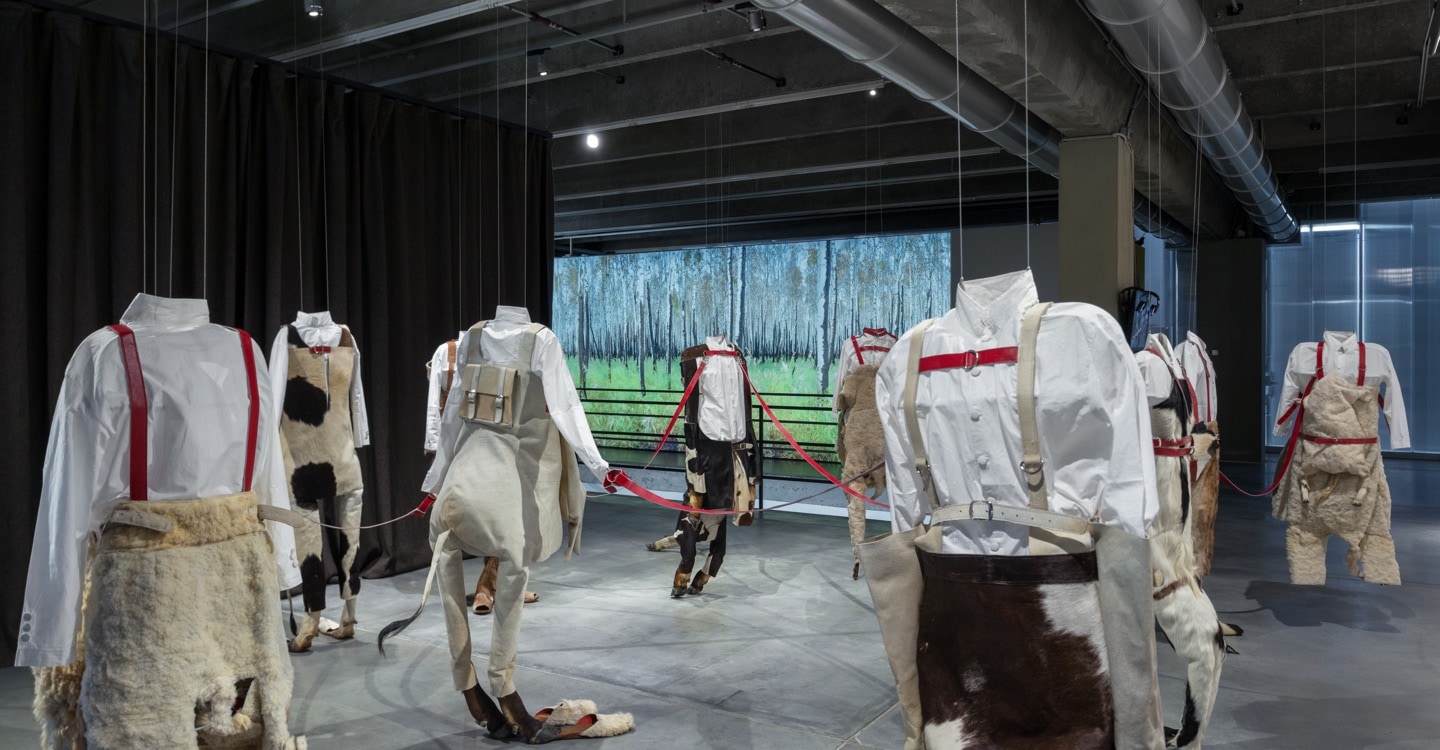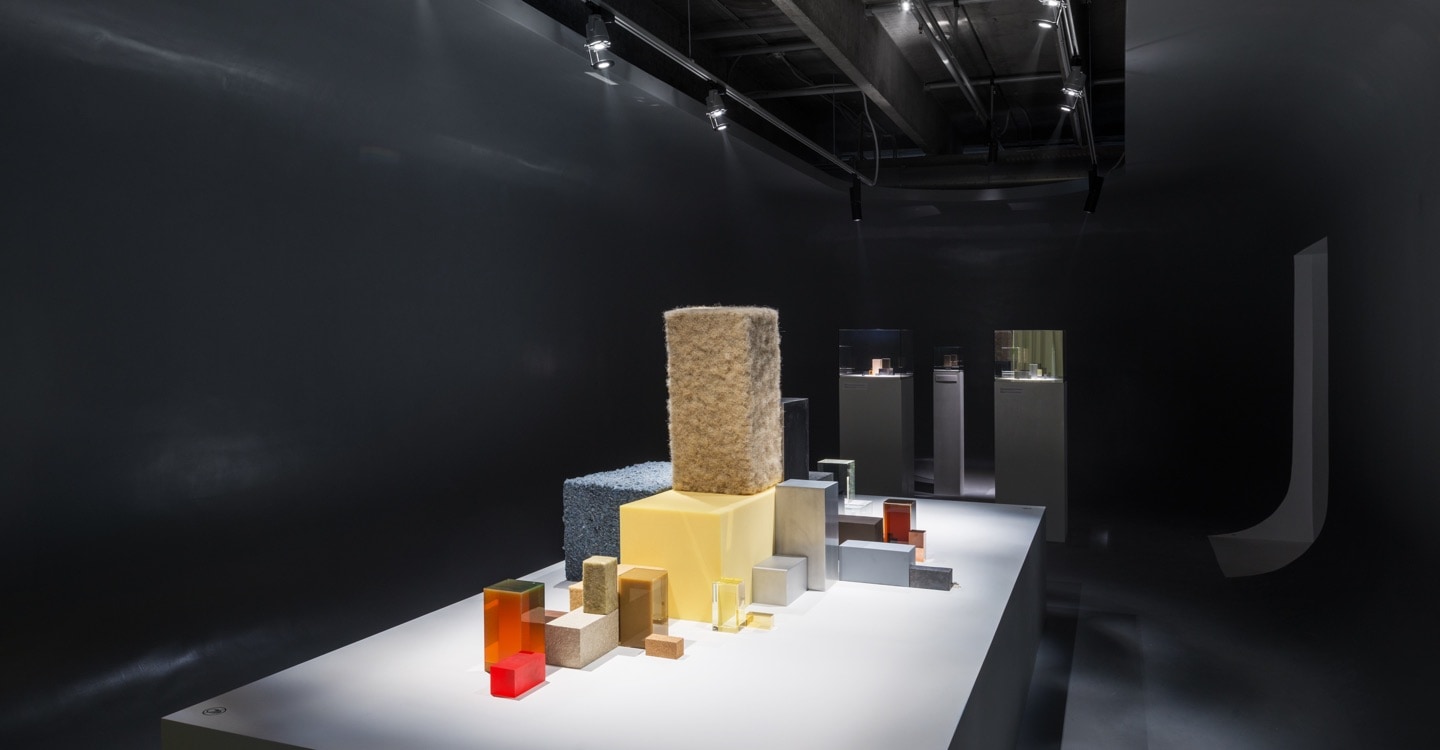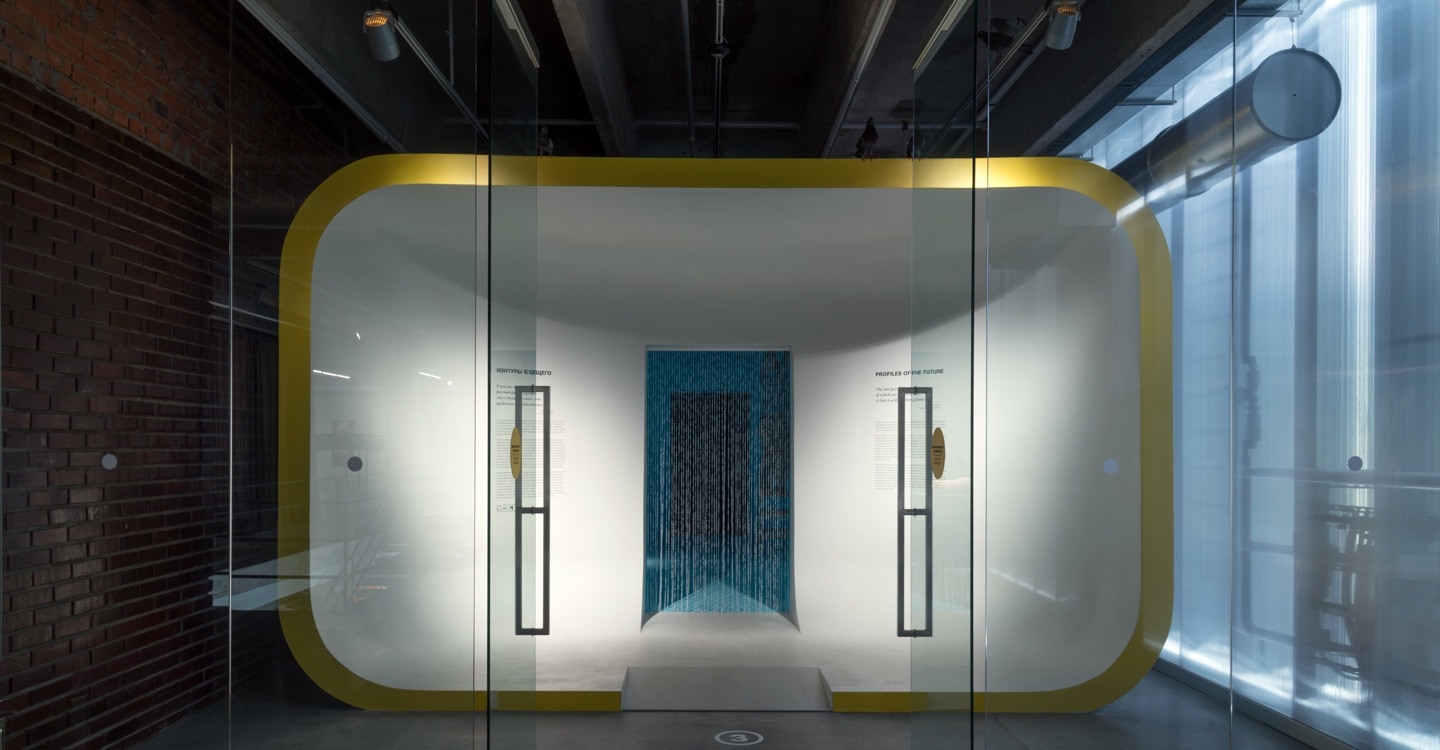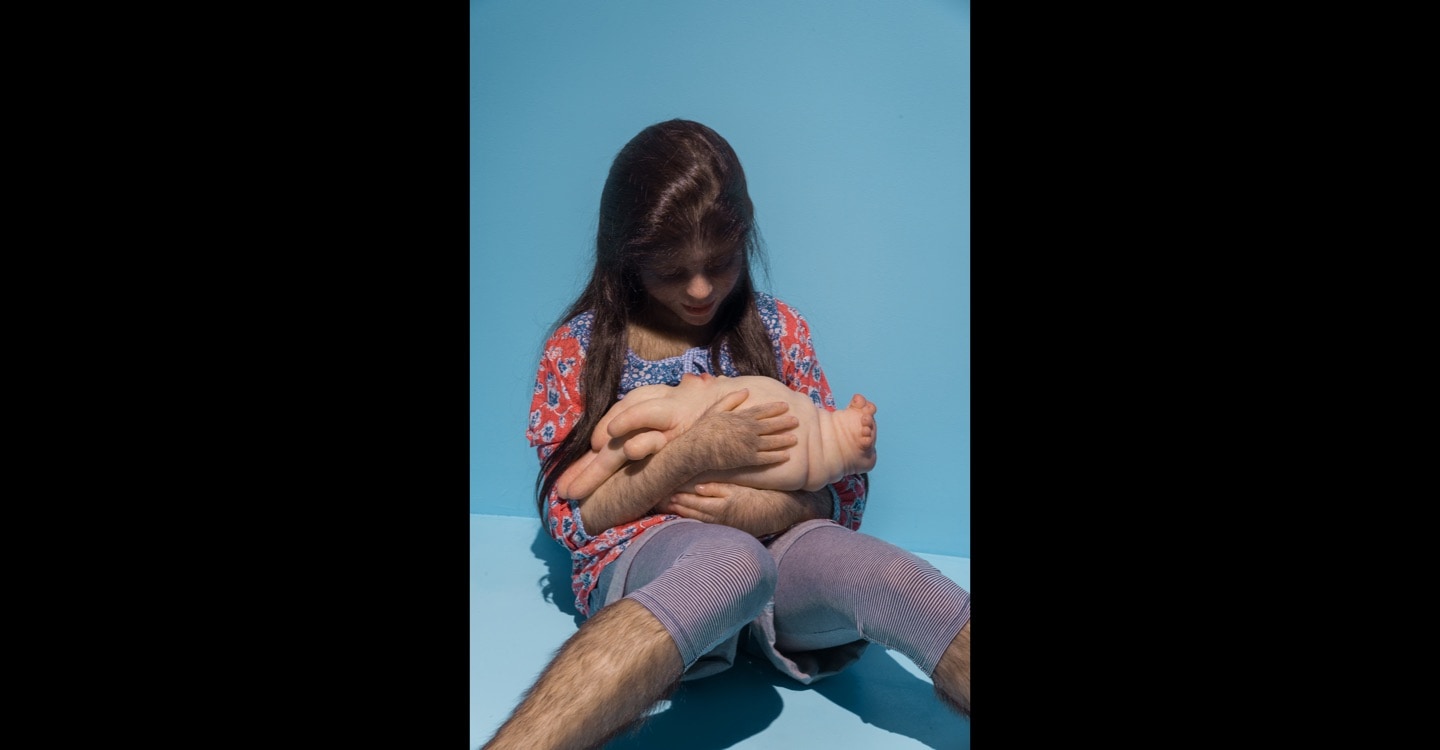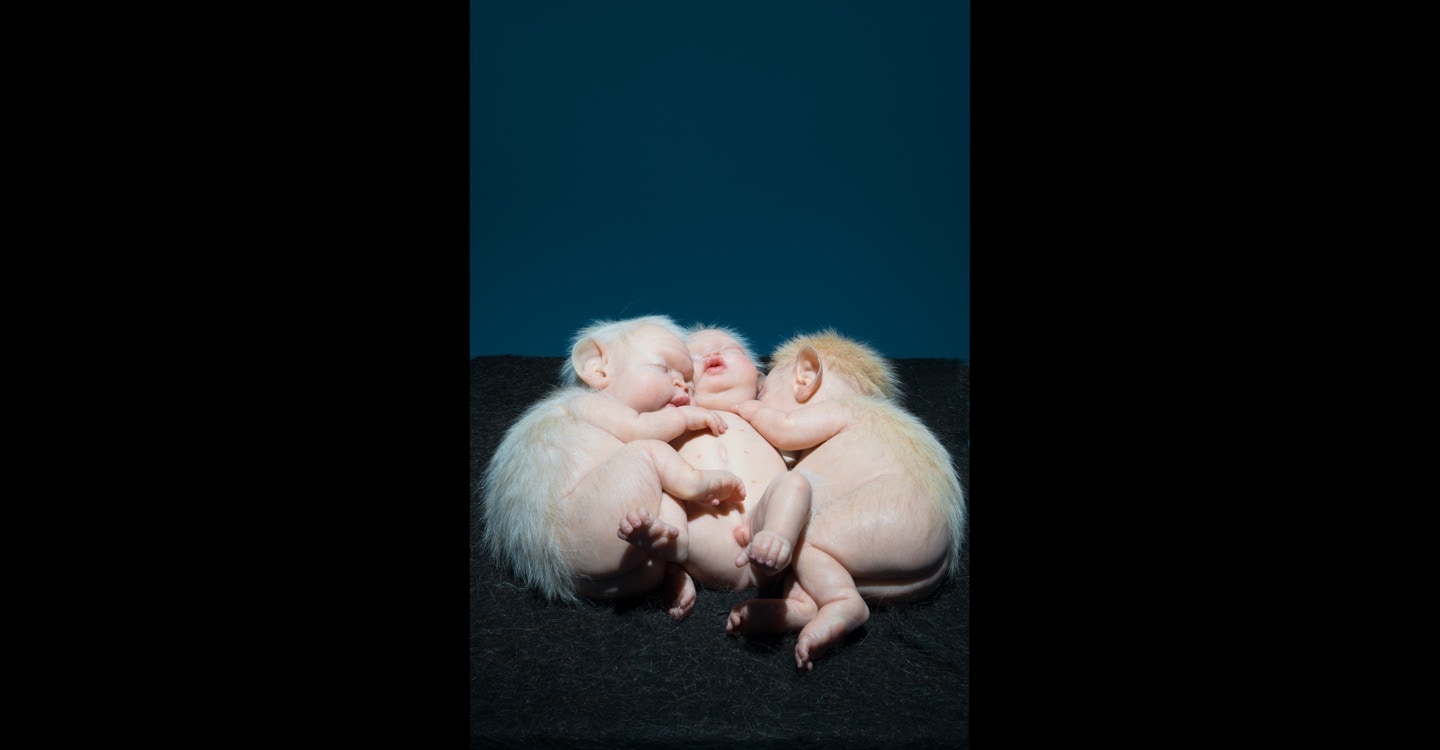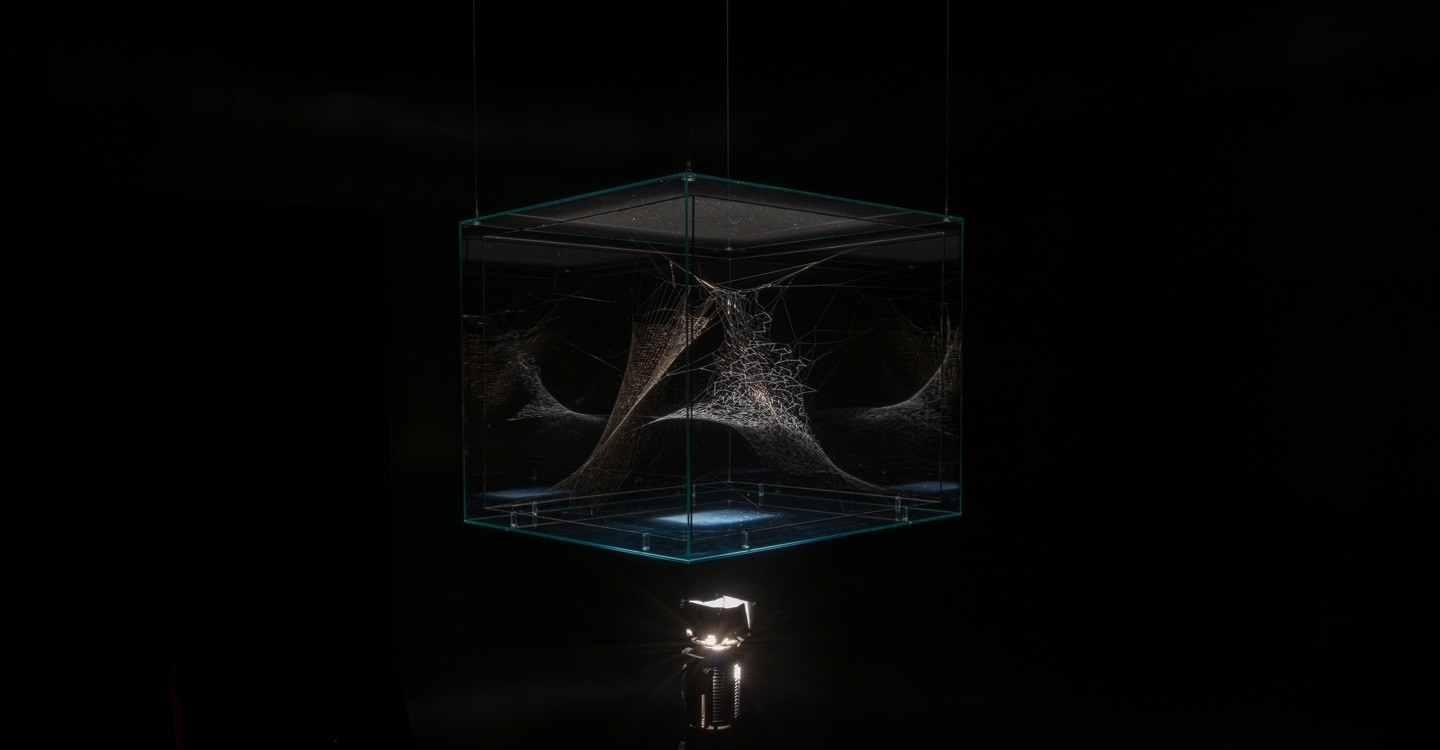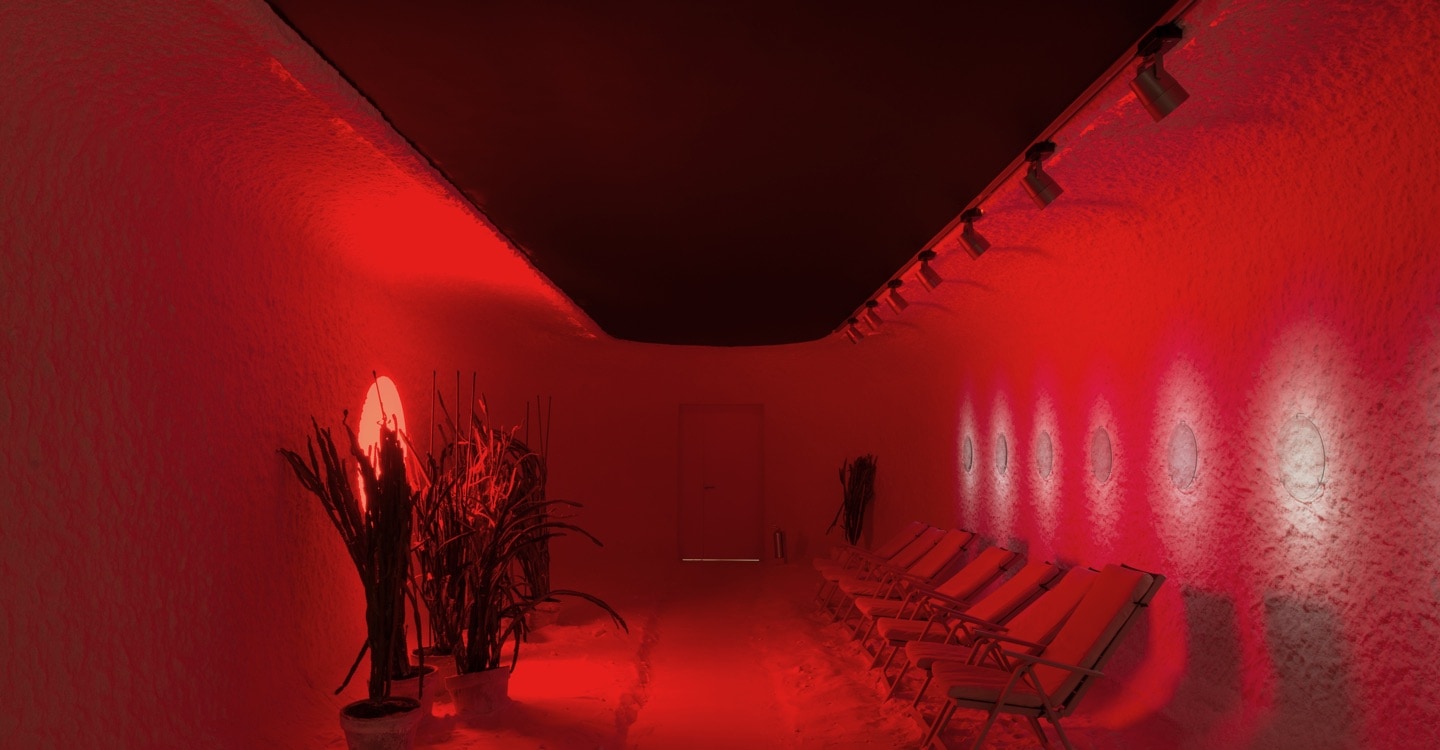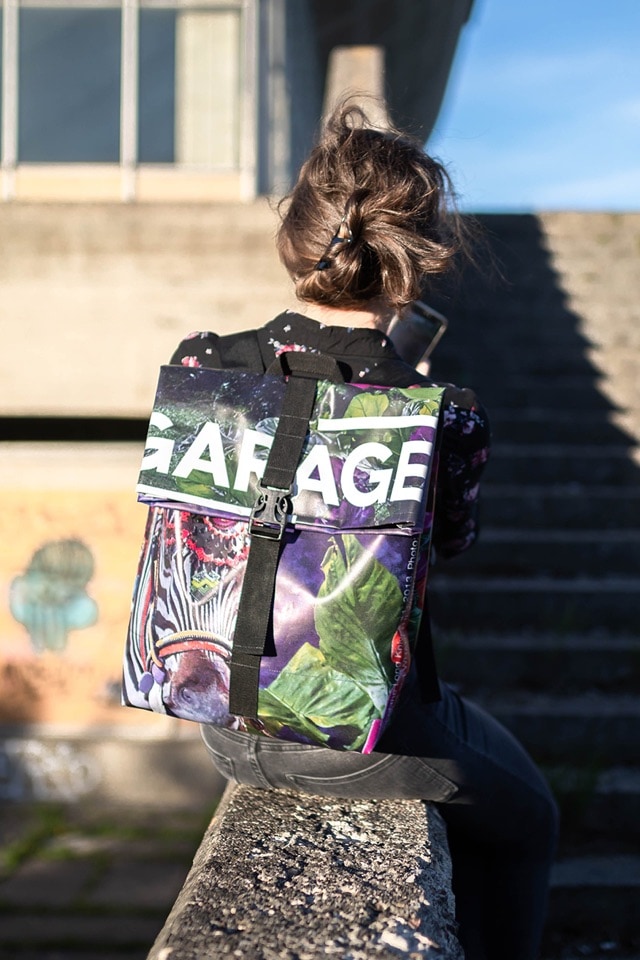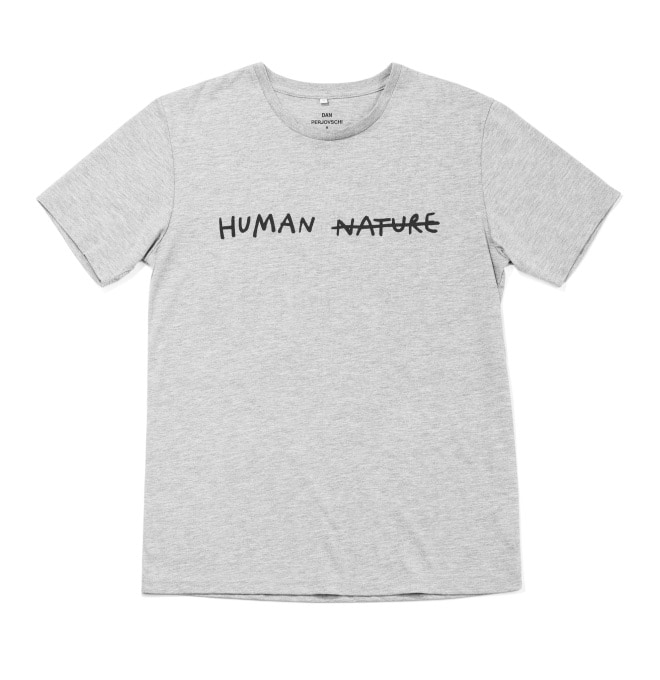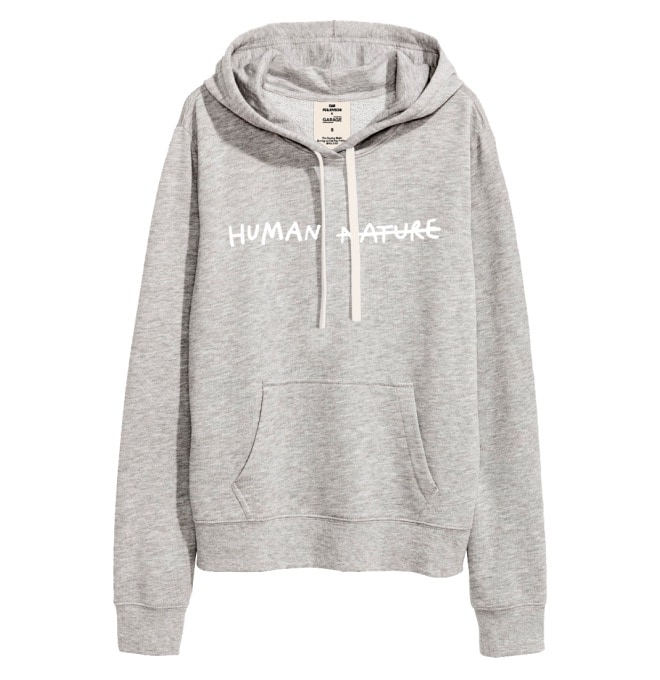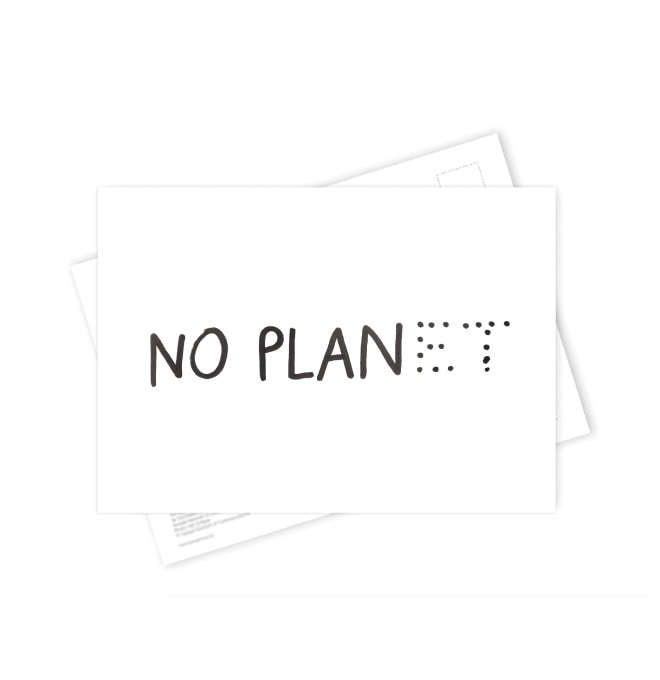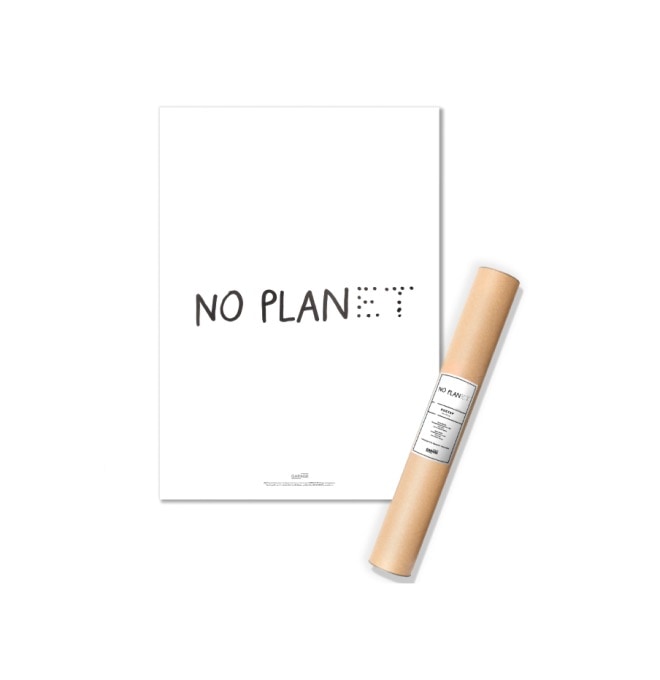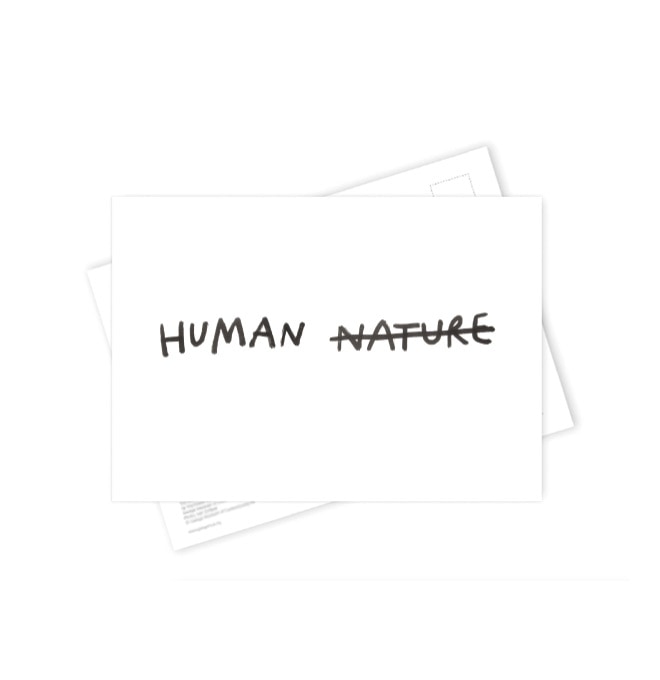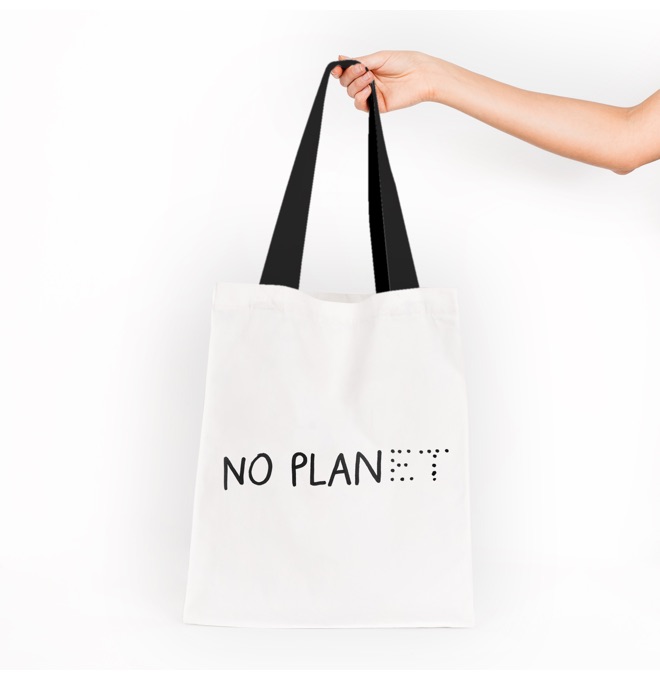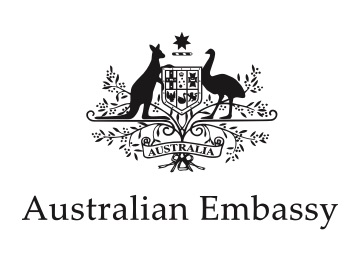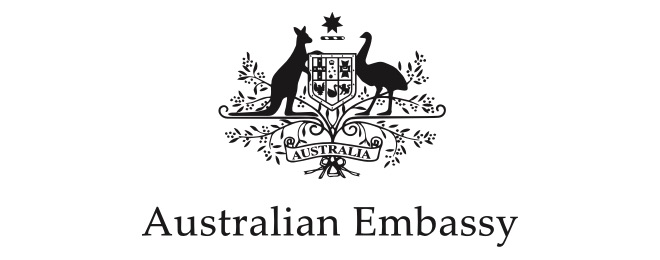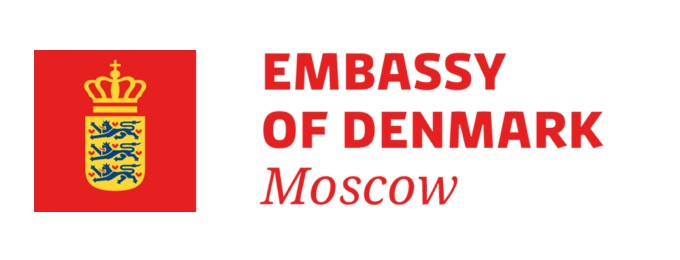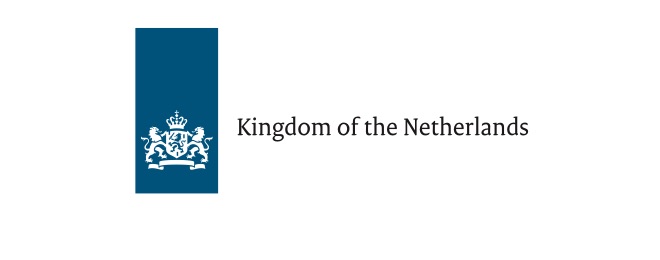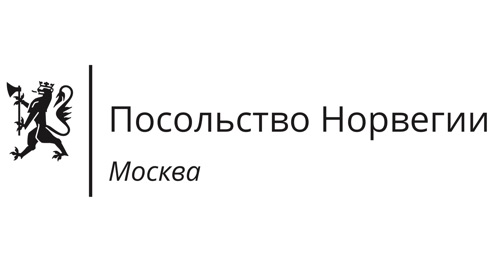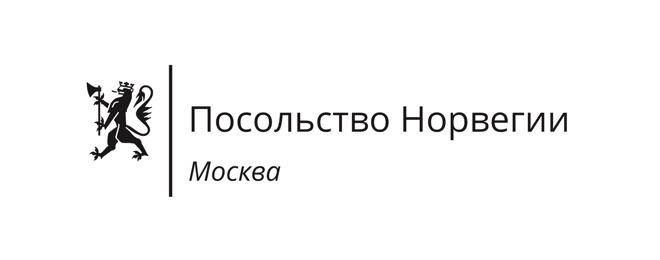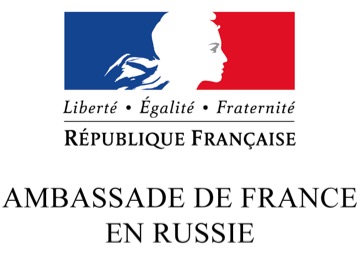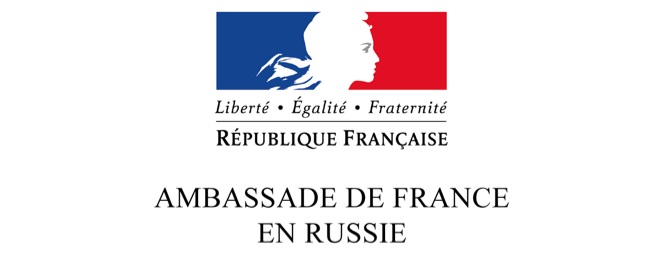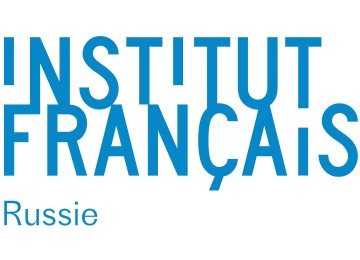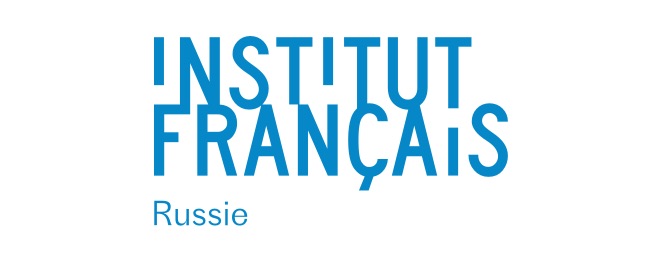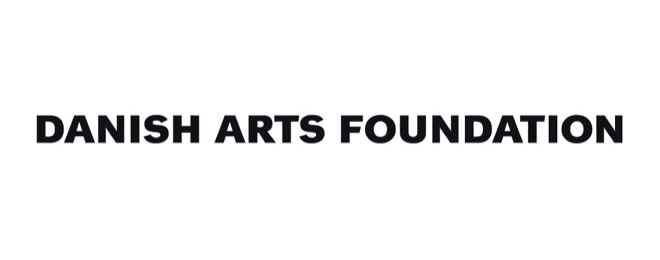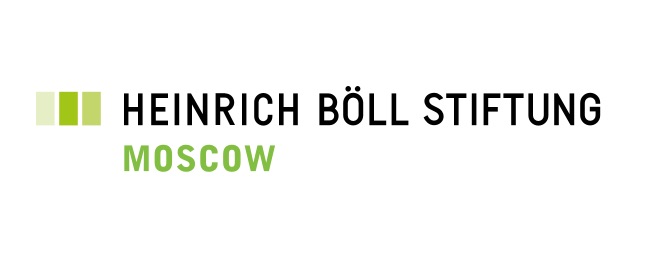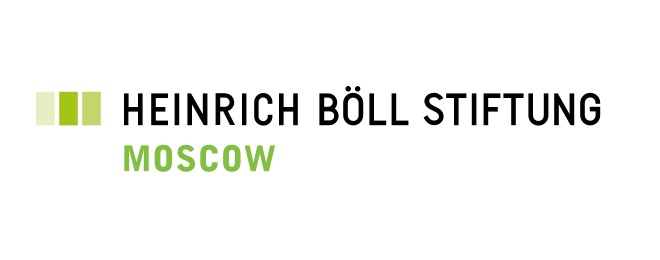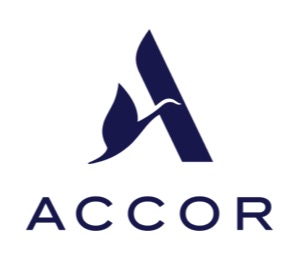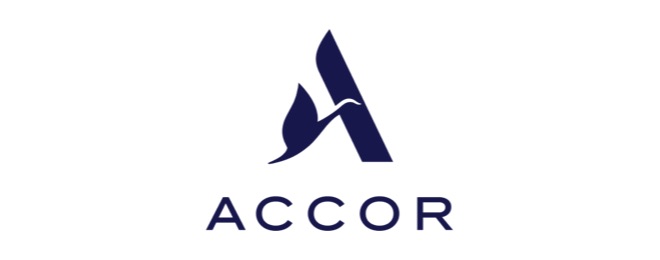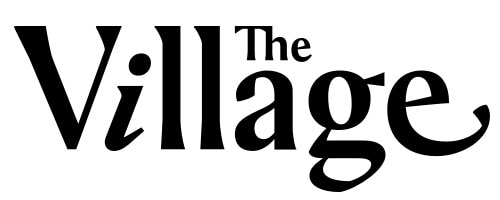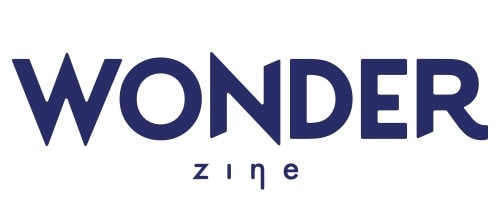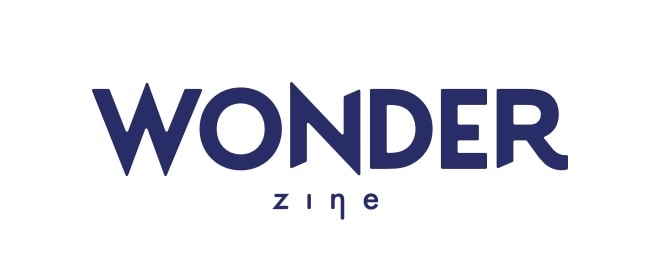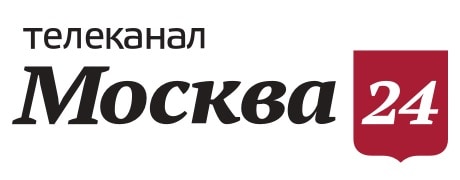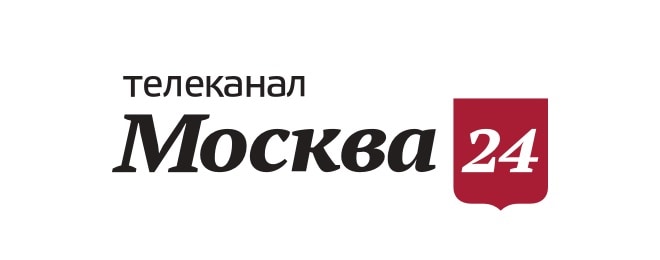The coming world:
Ecology as the new
politics. 2030–2100

June 28–
December 1
The time has come to change our understanding of the environment. The more we think of “nature” as independent from us, the more we distance ourselves from the changing world. Humans are a part of the ecosystem, meaning our everyday activities shape our future.
About the exhibition
The Coming World: Ecology as the New Politics 2030–2100 is a major exhibition project that brings together historical and new works by over 50 Russian and international artists and will occupy the entire Museum building. It takes a look at a future already in the making, when the environmental agenda will become one of the main political questions.

Find out more ↓
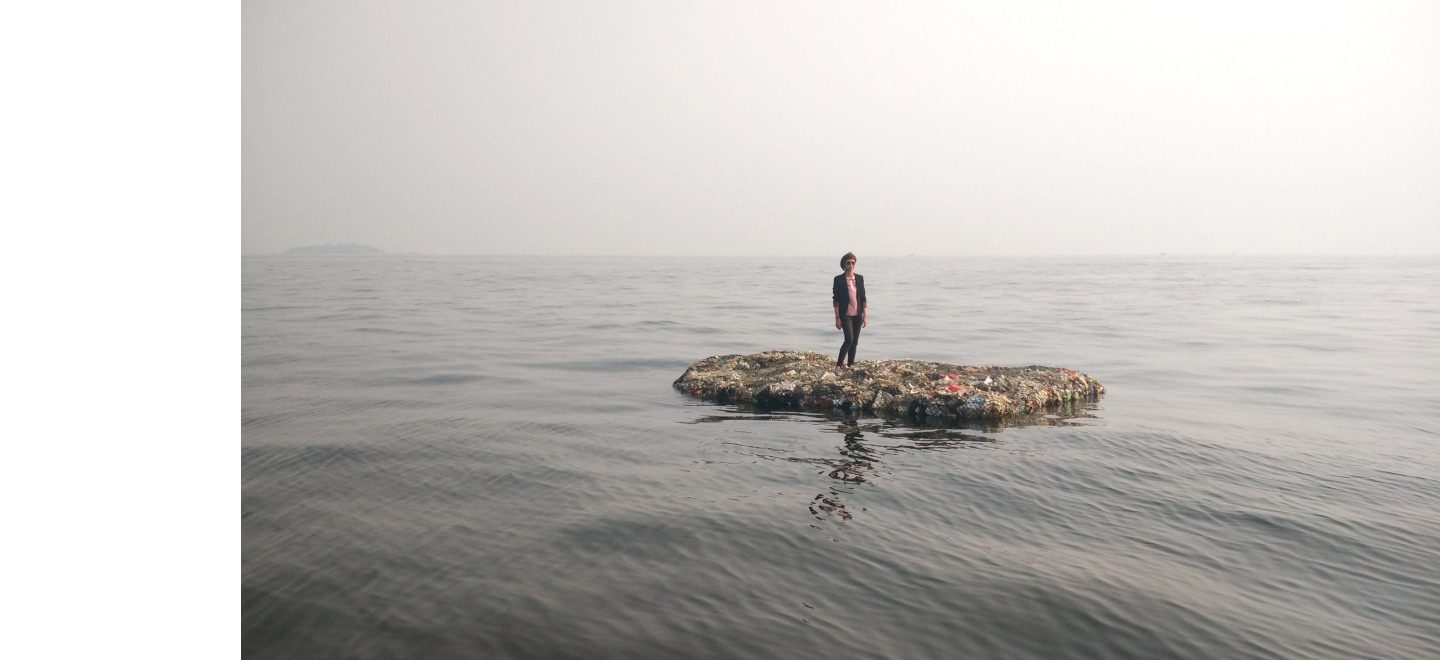
- Tita Salina
1001st Island – The Most
Sustainable Island in
the Archipelago, 2015 - Video still
- Courtesy of the artist
The suggested timeline references two widely speculative points in time taken from the sphere of popular science and iconic science fiction: 2030 is suggested as the year when existing resources of oil will be exhausted (Paul R. Ehrlich, Beyond the Limit, 2002), putting an end to the Oil Age; and 2100 denotes the year that, according predictions made by Arthur C. Clarke in the 1960s, human life will be able expand to other star systems. The exhibition alludes to a compressed period of time starting from the not too distant future, when the human race will be forced to live with the final knowledge that “there is no planet B, ” through to future imagined in the past, in which humans were expected to progress sufficiently to be able to settle on other planets.
By looking into the speculative future, the boundaries of which are determined by predictions that are no longer considered accurate, the exhibition highlights the uncertainty of our knowledge about events to come, while suggesting a “performative” understanding of the future as it is being constructed today and shaped by our activities in the present. As theorist and critic T.J. Demos put it in his article Art After Nature (2012): “Just as nature is no longer understood as a pristine and discrete realm apart from human activity, art’s autonomy is all the more untenable when faced with ecological catastrophe.”
The Coming World is developed around two main concepts: environmentalism and ecology. The first gives real urgency to the agenda of our relationship to nature, putting forward the idea that marginalized topics such as climate change, species extinction, pollution, renewable energy, and overpopulation should be central to building alternative patterns of education, consumption, production, and leisure. This also means considering nature in an expanded field and interlinking biological, technological, social and political ecologies. The second concept, ecology, is understood as ecology in action, an insuppressible process where nature, human and other-than-human co-perform, or the world as a performed ecology and an ecology performing itself. This allows us to think of nature in embodied, active, distinctly relational terms whereby production of new knowledge is possible within the transcendent as well as everyday knowing of nature.
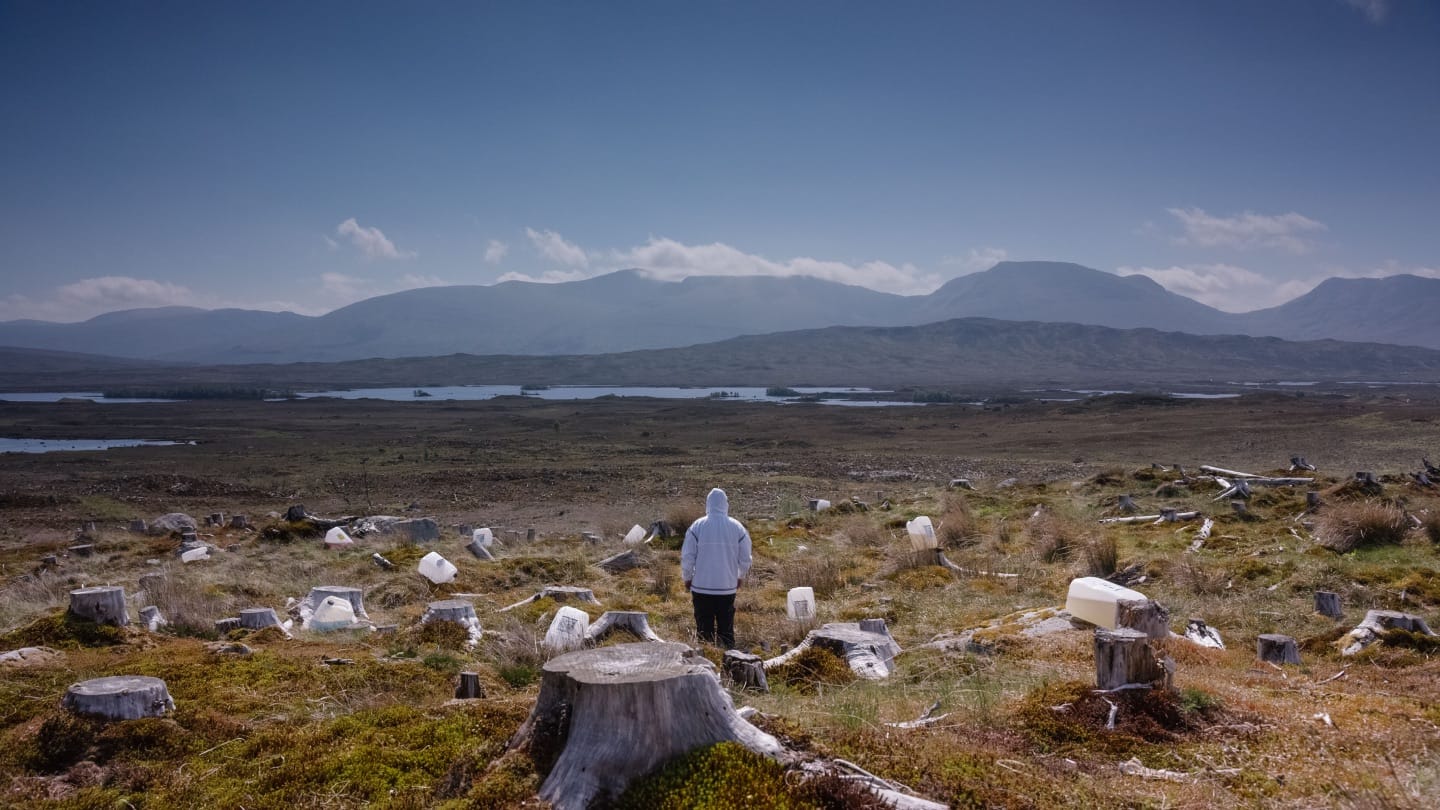
- John Akomfrah
Still from Purple, 2017 - © Smoking Dogs Film
- Courtesy Lisson Gallery
The project will open with John Akomfrah’s six-channel video installation Purple (June 15–November 17). Using archival footage and newly shot film from across several continents, the British artist has created an impressive saga about global warming and its effects on human life and the planet’s biodiversity.
The exhibition will feature a number of historical works that marked turning points in humanity’s relationship with nature: from sixteenth-century tapestries that for the first time presented nature as a phenomenon outside of human control and the beginning of landscape as a genre in seventeenth-century Dutch painting, to the “organic culture” movement within the Russian avant-garde and the invention of land art in 1969, which made nature an artistic medium. The emergence of land art and environmental art coincided with a surge of interest in environmental protection, which led to the development of ecological policies at the state and public levels. In the half-century that followed, art went through various stages in its relationship with ecology: from objectivization to seeing it as a system (Hans Haacke’s Circulation ) and from irony (Gnezdo group’s A Minute of Not Breathing to Protect the Environment ) to practical solutions for everyday life, such as those suggested by the Danish collective Wooloo.
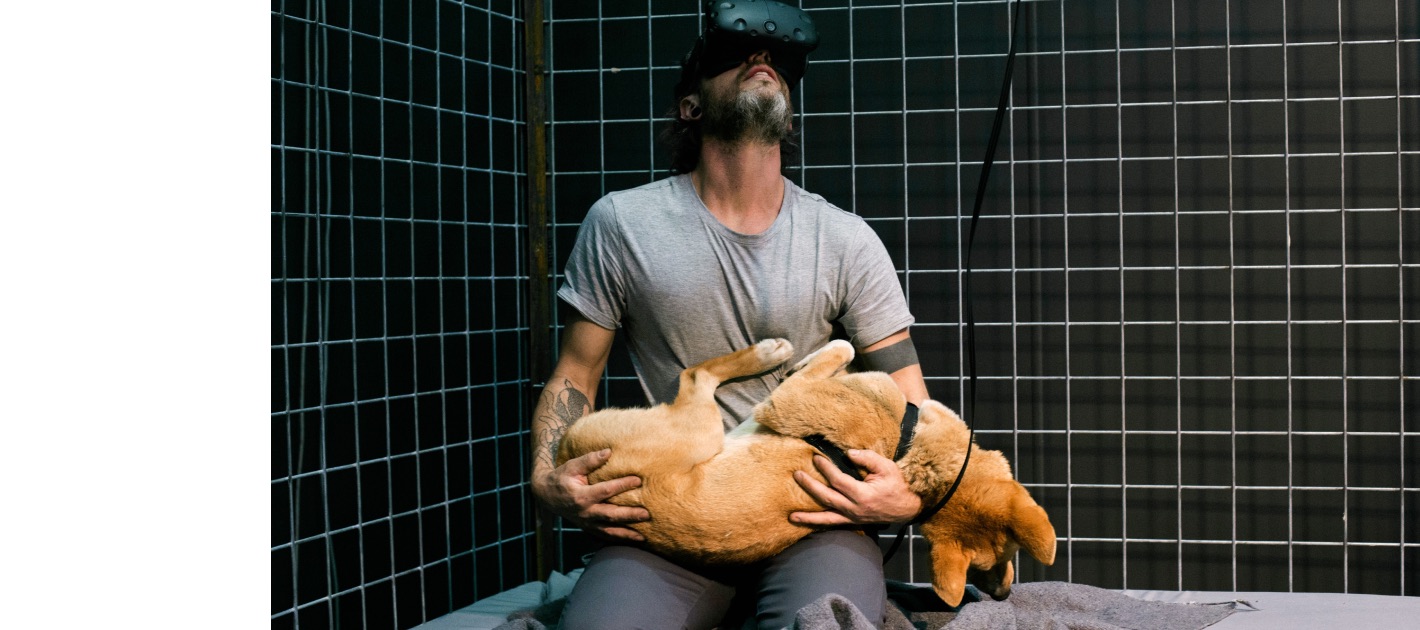

- Hayden Fowler
Together Again, 2017 - Performance documentation
Photo: Joy Lai
VR designer: Andrew Yip - Courtesy of the artist
Supported by HTC Vive
Along with evidence of recent anthropogenic disasters (Black Tide/Marea Negra by Allan Sekula) and criminal attempts to brush them under the carpet (Delay Decay by Susan Schuppli), the exhibition will present works produced in collaboration with animals as agents in new relationships and new paradigms between humans, nature, and non-human species (Tomás Saraceno, Hayden Fowler), as well as various scenarios for the future based on scientific predictions and theories.
The Coming World draws public attention to the ecological imbalances created by human activity, which many of us choose to ignore due to their incomprehensibly huge scale and unrelatability on a personal level. Inviting the viewer to face these imbalances, the exhibition takes a closer look at our repression of this painful subject, exploring its symptoms in various stages of anxiety or denial, and offers ways of working—and coping—with our collective ecological trauma. Although environmental issues are generally discussed in terms of real life and political action, art can be a unique medium in the development of the ecology discourse. It is a unique “conductor.” As an arena where alternative, mini models of reality are speculated on, tested out, and made visible, art can serve the environmental agenda, empowering its agents to employ both abstract and concrete thinking, embodying intangible relations, and synthesizing processes. In short, art epitomizes an ecological way of thinking. Ultimately, the environmental question is the most universal contemporary agenda. It is the only one that can unite people across the planet, allowing them to experience a tiny personal action as something political.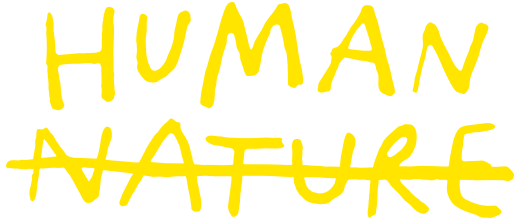
The exhibition has been developed in dialogue with artists and activists and rethinks exhibition practice from an ecological point of view. The design was determined by the ambition to reuse structures and materials from previous projects and, where possible, works were reconstructed on site according to the artists’ instructions (Kim Abeles, Martha Rosler, Tita Salina) instead of shipping them, in order to lower the project’s carbon footprint. Around 15 pieces will be produced specially for the exhibition, and around 10 are new versions of existing works, some of which were created in collaboration with local expert communities: beekeepers, jellyfish and water purification researchers, and halotherapists. Other projects present artistic strategies that involve direct social action, such Wooloo’s open community Human Hotel. Committed to the ideals of responsible consumption, the project team chose not to produce a paper exhibition guide. Garage will publish an e-catalogue, mobile and audio guides of the exhibition, and a video dictionary of environmental terms in Russian Sign Language developed by the Museum’s Inclusive Programs Department.
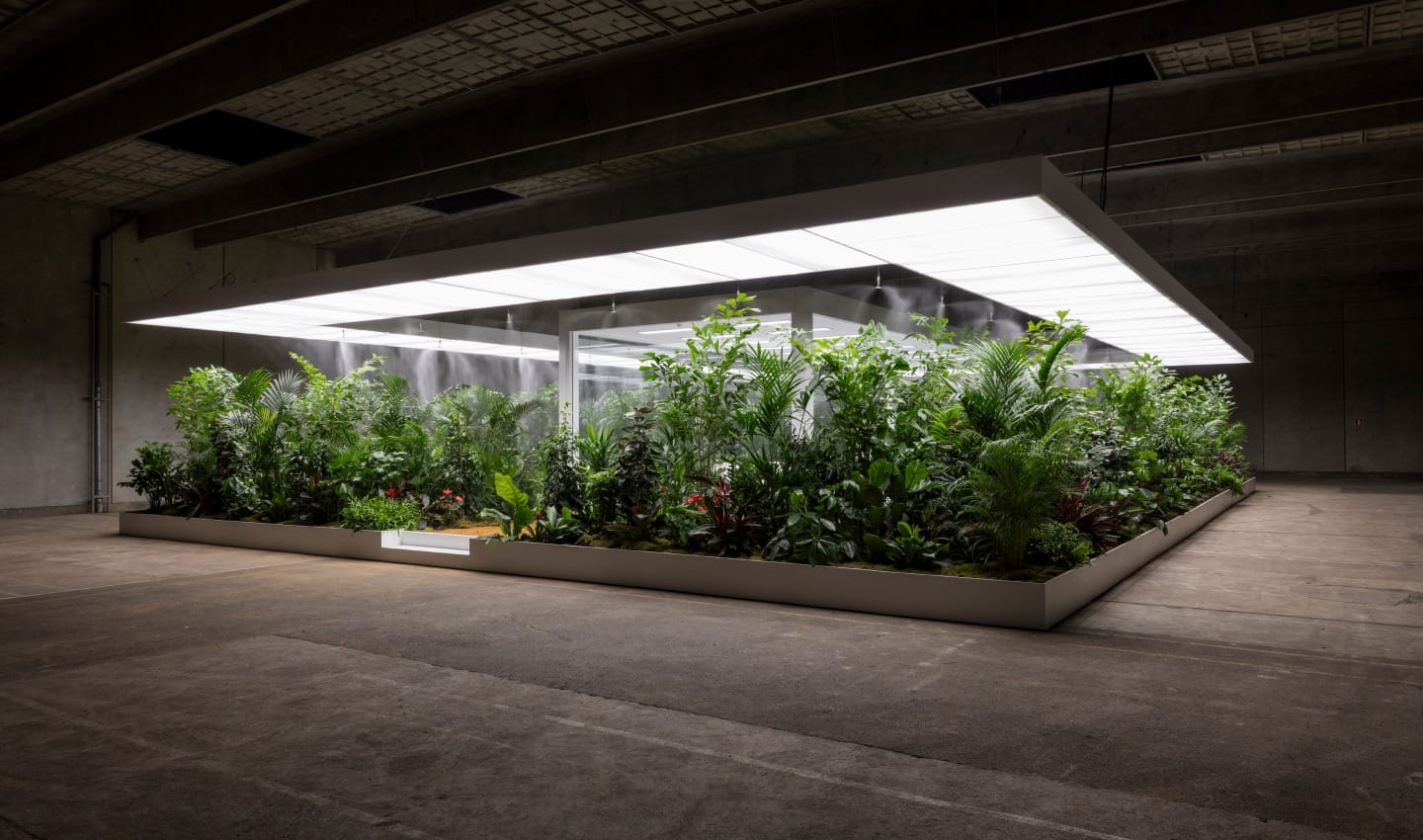
- Doug Aitken
The Garden, 2017 - Photo: Anders Sune Berg
- © Doug Aitken; courtesy 303 Gallery, New York; Galerie Eva Presenhuber, Zurich; Victoria Miro Gallery, London; and Regen Projects, Los Angeles
A new Garage Atrium Commission has been created for the exhibition The Coming World. Chinese artist Huang Yong Ping’s American Kitchen and Chinese Cockroaches, 1959–2019 revisits the Kitchen Debate between U.S. Vice President Richard Nixon and Soviet First Secretary Nikita Khrushchev at the American National Exhibition in Moscow in 1959. Among the large-scale, immersive installations in the exhibition are Doug Aitken’s The Garden, Rimini Protokoll’s win><win, and Could You Pass Me the Salt, Please? by Anastasia Potemkina.
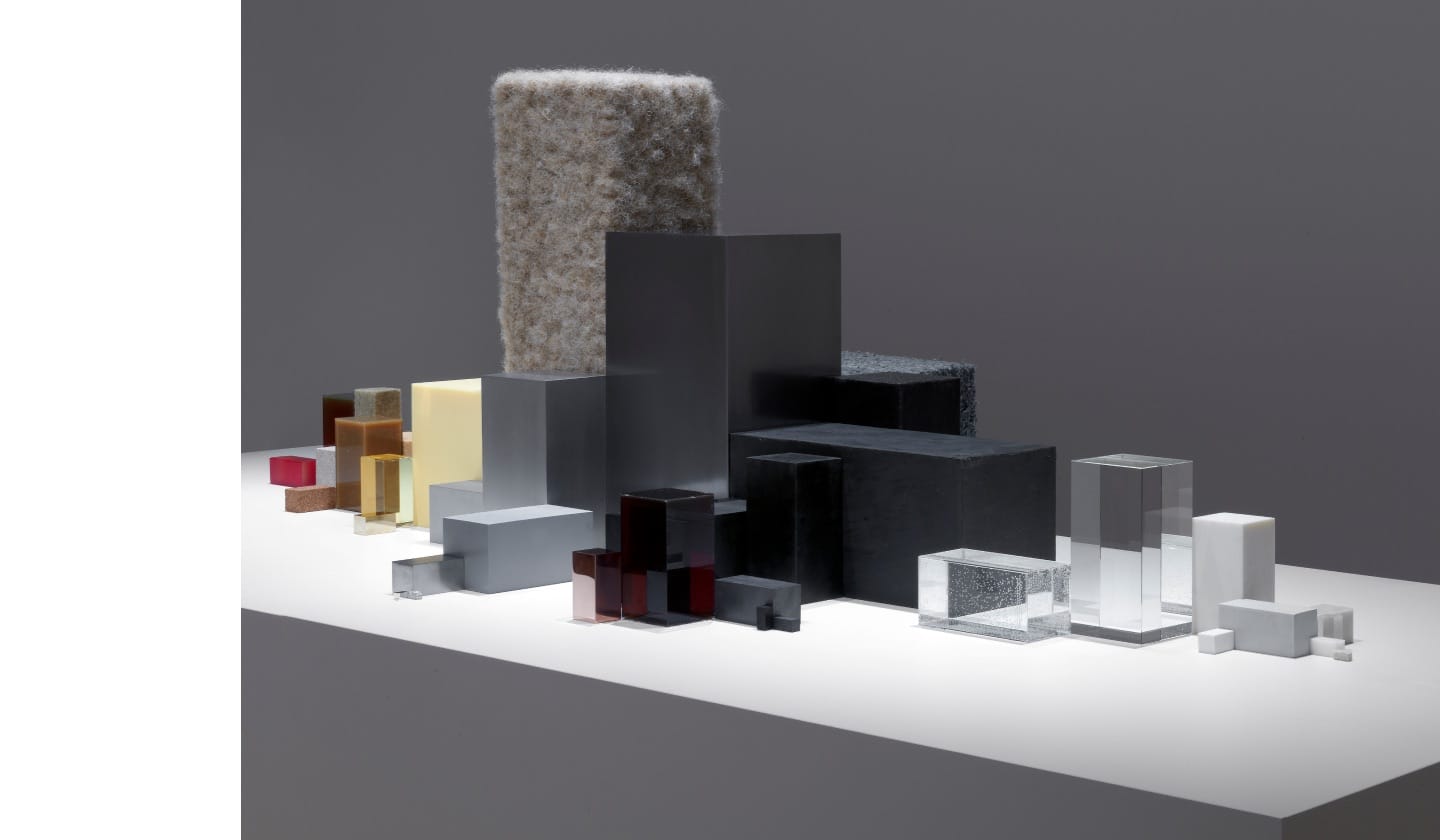
- Studio Drift
Материализм, 2018 - Фото: Г. Я. ван Роэй
- Предоставлено художниками
From mid-September part of Garage Atrium will be occupied by a new project for the exhibition The Coming World: Ecology as the New Politics 2030–2100, a large-scale biomorphic sculpture by the group Numen/For Use made from cellulose adhesive tape. Resembling a semi-transparent tentacular structure or a rhizomatic plant inside of which visitors can wander, the corridors of interconnected cocoons will largely reproduce the architecture we observe in nature. Numen/For Use have installed site-specific tape installations in institutions around the world, but this is the first time they have used such a biodegradable tape, which was developed by the German company Compostella in collaboration with the artists. About 900 square meters will be wrapped layer upon layer, transforming from the chaotic skeleton the installation resembles at the start into a uniform finished structure. Visitors will be able to enter the sculpture and spend time inside it, an experience that can be compared to being in a womb or in a completely alien world.
Norwegian artist Tori Wrånes will present a site-specific performance as part of Garage Live at the opening of the exhibition. The emphasis on performance-based works in The Coming World (Sun Yuan & Pengyu, Hayden Fowler, Mella Jaarsma) is an attempt to bring out a more lived and felt experience of the world in relation to new notions of the “natural.”
The exhibition is curated by Snejana Krasteva and Ekaterina Lazareva.
John Akomfrah’s installation Purple was commissioned by the Barbican (Lоndon) and co-commissioned by Bildmuseet Umeå (Sweden), TBA21—Academy (Vienna), The Institute of Contemporary Art (Boston), Museu Coleção Berardo (Lisbon), and Garage Museum of Contemporary Art.
June 28–
December 1
Artists
Kim Abeles, Doug Aitken, John Akomfrah, Allora & Calzadilla, Maurizio Cattelan, Le Corbusier, Critical Art Ensemble, Driessens & Verstappen, Karel Dujardin, Max Ernst, James Ferraro, gruppe finger, Bill Fontana, Hayden Fowler, Gints Gabrāns, Gnezdo (Nest) group, Hans Haacke, House Plant Theater, Huang Yong Ping, Mella Jaarsma, Helge Jordheim, Sergei Kishchenko, Lawrence Lek, Mikhail Matyushin, Eadweard Muybridge, Numen/For Use group, Alexander Obrazumov, Dan Perjovschi, Lia Perjovschi, Patricia Piccinini, Sascha Pohflepp, Anastasia Potemkina, Laure Prouvost, Jon Rafman, Rimini Protokoll, Pamela Rosenkranz, Martha Rosler, Boryana Rossa and Oleg Mavromatti,Salomon van Ruysdael,Tita Salina, Tomás Saraceno, Gerry Schum, Susan Schuppli, Allan Sekula, Denis Sinyakov, Victor Skersis, Studio Drift, Sun Yuan & Peng Yu, Elin Már Øyen Vister, Ben Woodard, Wooloo, Tori Wrånes.
Materials
Find a Roble Amarillo flower in central Moscow
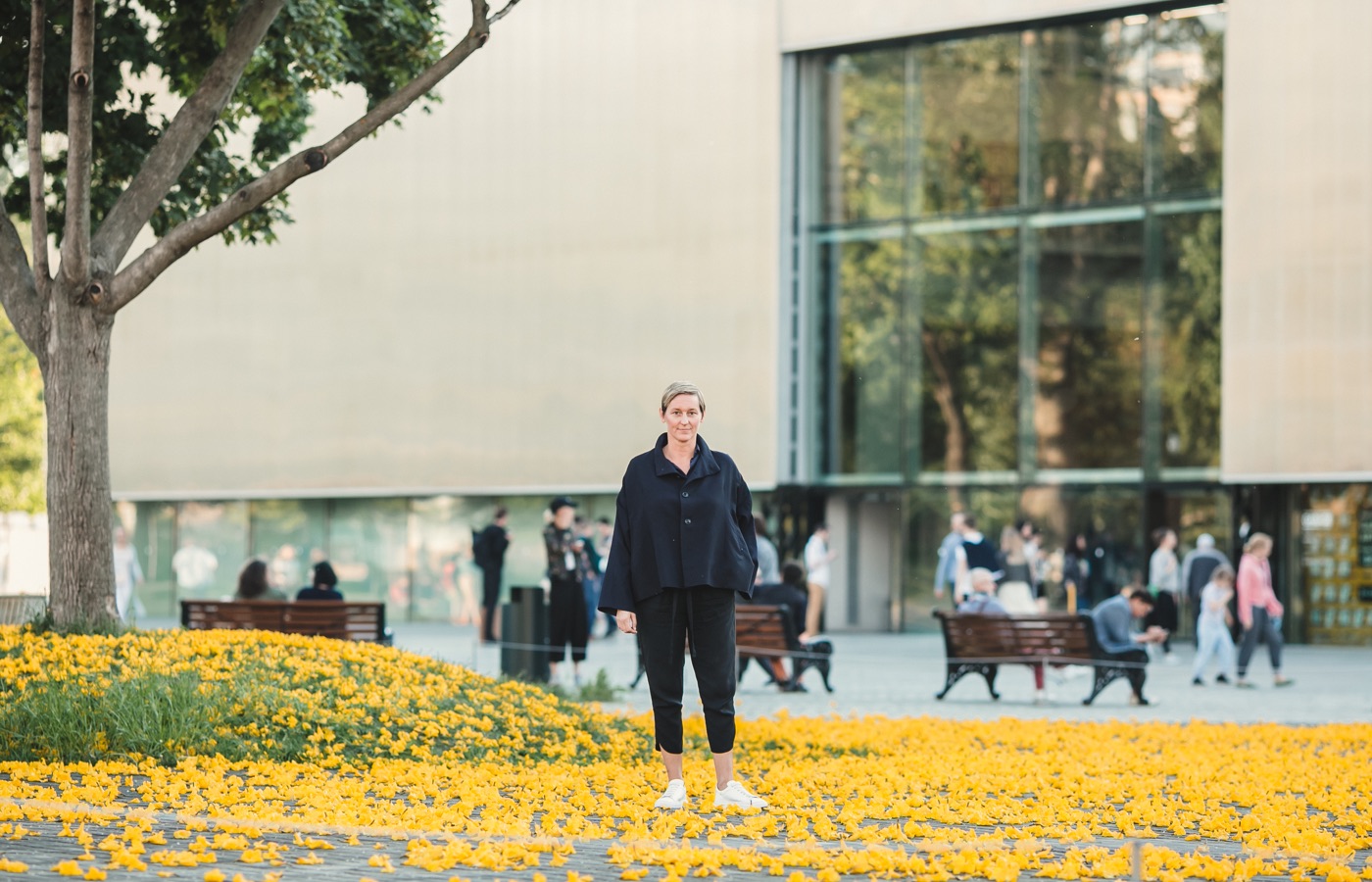
Puerto-Rico-based duo Allora & Calzadilla have covered Garage Square with artificial tropical flowers, as if they had been grafted to Moscow trees. Listen to Jennifer Allora talking about the work.
Test your own nature
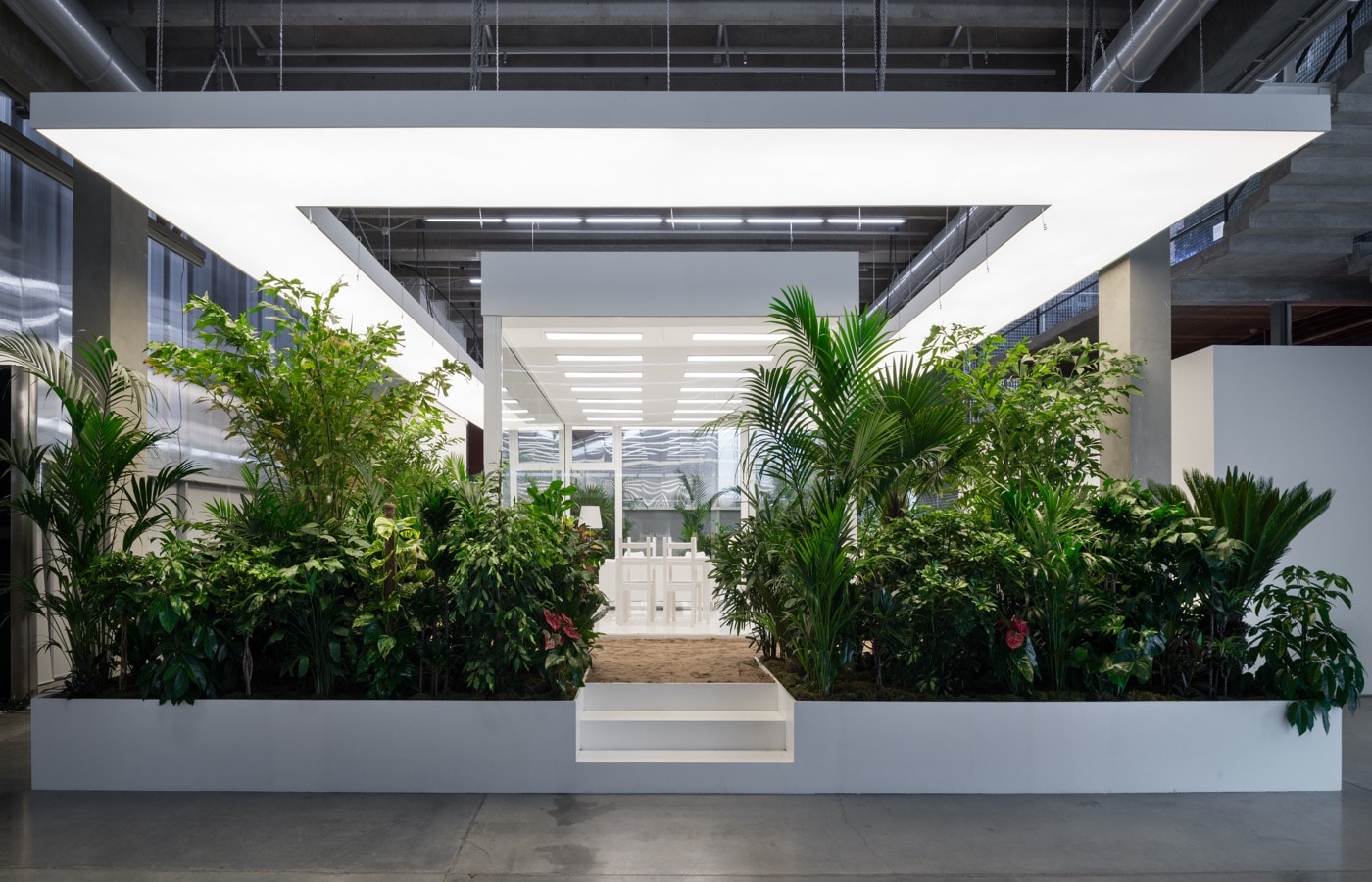
The Garden, a large-scale living installation staged by American artist Doug Aitken, offers a visceral experience of the split between the natural and man-made environments we enact or see enacted in front of us. Visitors are invited to enter the room and for a short period of time they are free to contemplate the nature behind the glass, to sit, to walk, to stand or to destroy it all.
Lips Don’t Cry: A performance by Tori Wrånes
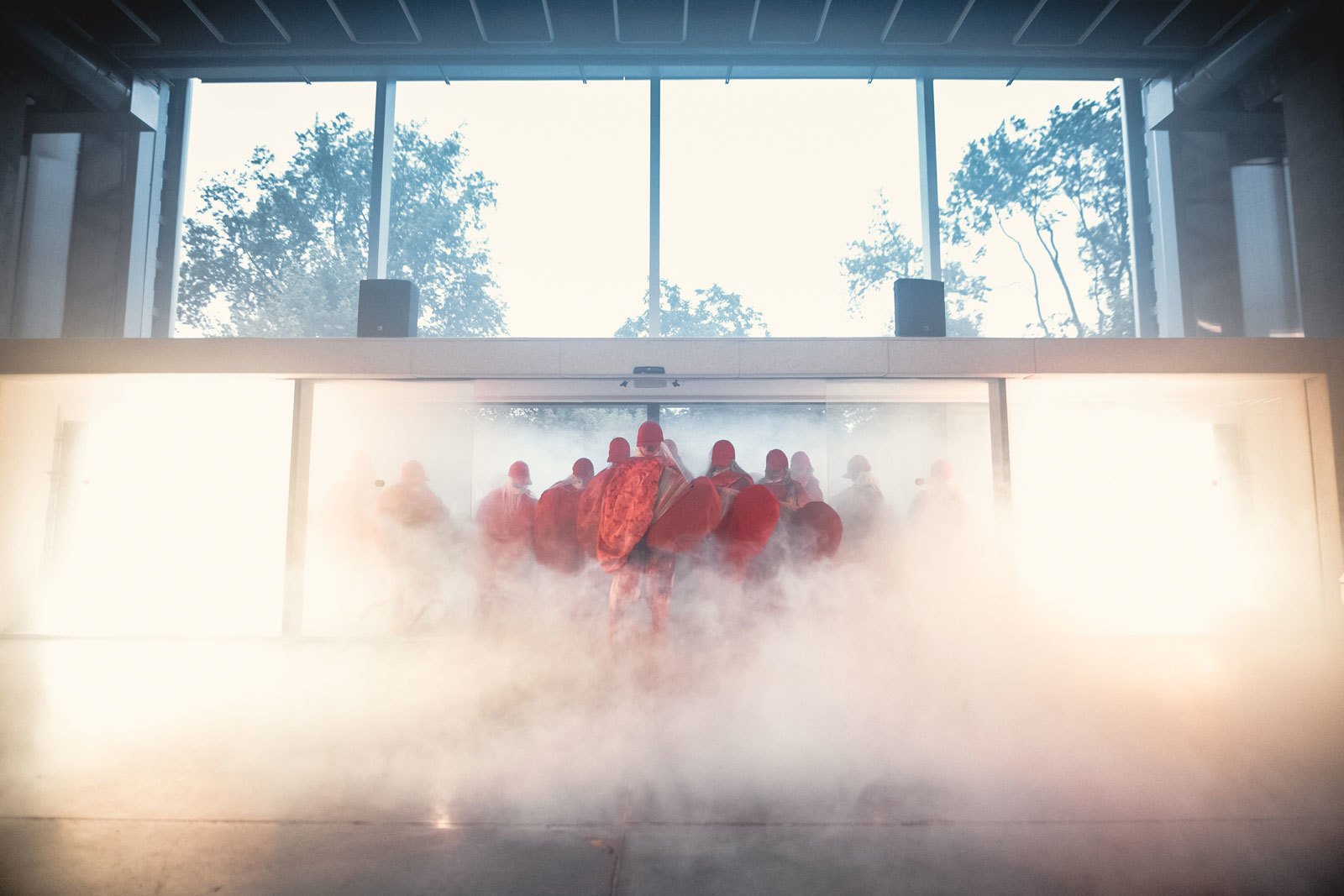
Marking the opening of the exhibition The Coming World: Ecology as the New Politics, Norwegian artist Tori Wrånes will present her performance created specially for Garage’s Atrium space.
About the Tape Moscow by Numen/For Use
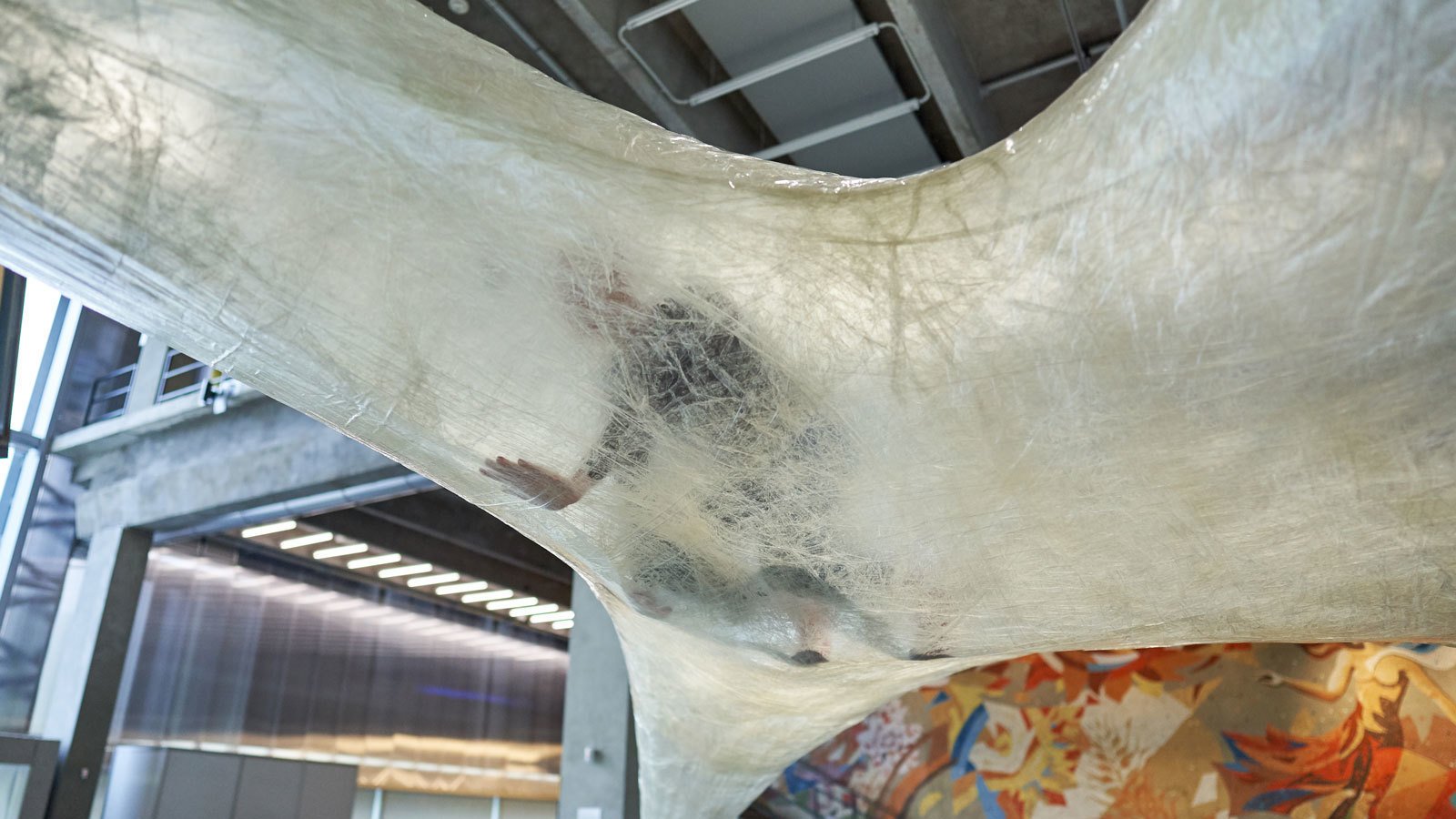
As part of The Coming World the group Numen/For Use has taken over part of the Atrium space of the Museum to create a large-scale biomorphic sculpture made of Klebio, a newly developed compostable adhesive tape made of cellulose. Visitors can enter the sculpture and spend time inside it, an experience that might be compared to being in the womb, or in a completely alien world.
The Coming World: Ecology as the New Politics 2030–2100 at EXPO CHICAGO
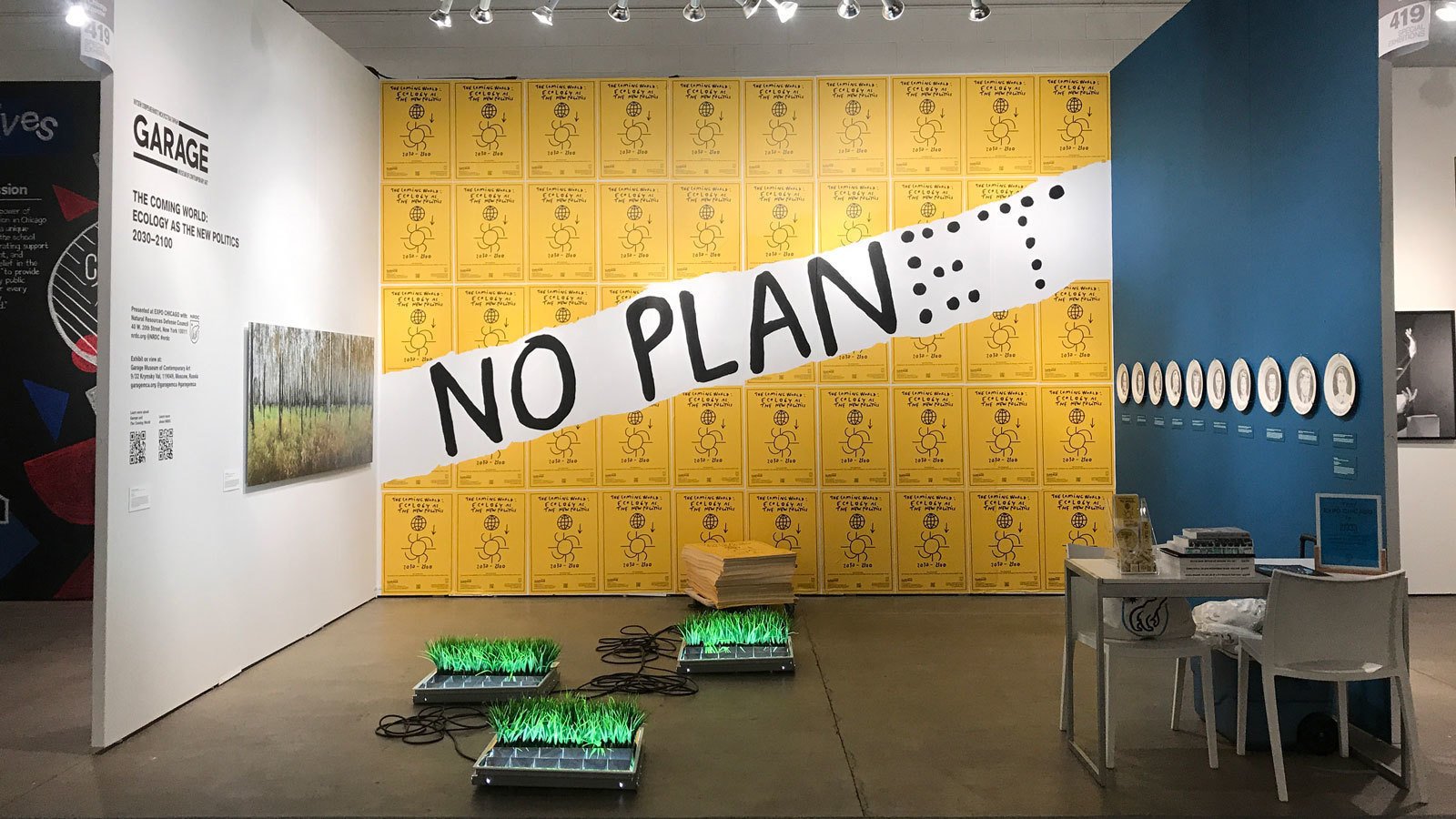
The Natural Resources Defense Council (NRDC) and Garage Museum of Contemporary Art presented selections from The Coming World: Ecology as the New Politics 2030–2100 at EXPO CHICAGO, the International Exposition of Contemporary and Modern Art, which took place September 19–22 at the Navy Pier Festival Hall. The Garage booth featured works by the artists Kim Abeles, Dan Perjovschi, Alexander Obrazumov, and Denis Sinyakov.
Explore an exhibition mobile guide
Gallery
June 28–
December 1
Public program
Designed in the format of an eco forum, the public program accompanying the exhibition The Coming World offers guided tours of the show based around the thematic modules Atmosphere, Water, and Evolution; a series of Game Club’s Let’s Play sessions; a family lecture; and a Discussion Club for teenagers. Eco forum is a meeting place for artists, curators, scientists, and activists exploring today’s environmental agenda: future scenarios and the critique of the Anthropocene, survival strategies, and radical models of communication.
Press
-
The Art Newspaper: Shock tactics abound at 'carbon neutral' show in Moscow, with a live wolf, jellyfish and bees
-
Coolhunting: The Coming World 2030-2100 at Moscow's Garage museum
-
Next Nature: The Coming World: Ecology as the new politics
-
Коммерсантъ Weekend: «Что покажет “Грядущий мир”»
-
Известия: «Природа творчества: современные художники задумались об экологии»
-
The Blueprint: «Гид по выставке “Грядущий мир: экология как новая политика. 2030–2100”»
-
Новая газета: «Волки, пчелы, тараканы»
-
Recyclemag: «Китайские тараканы в тропических цветах: Музей “Гараж” превратился в масштабный экологический проект
-
RTVI: «#Экологияэтомы. Что покажут на выставке “Гаража” “Грядущий мир 2030-2100”»







